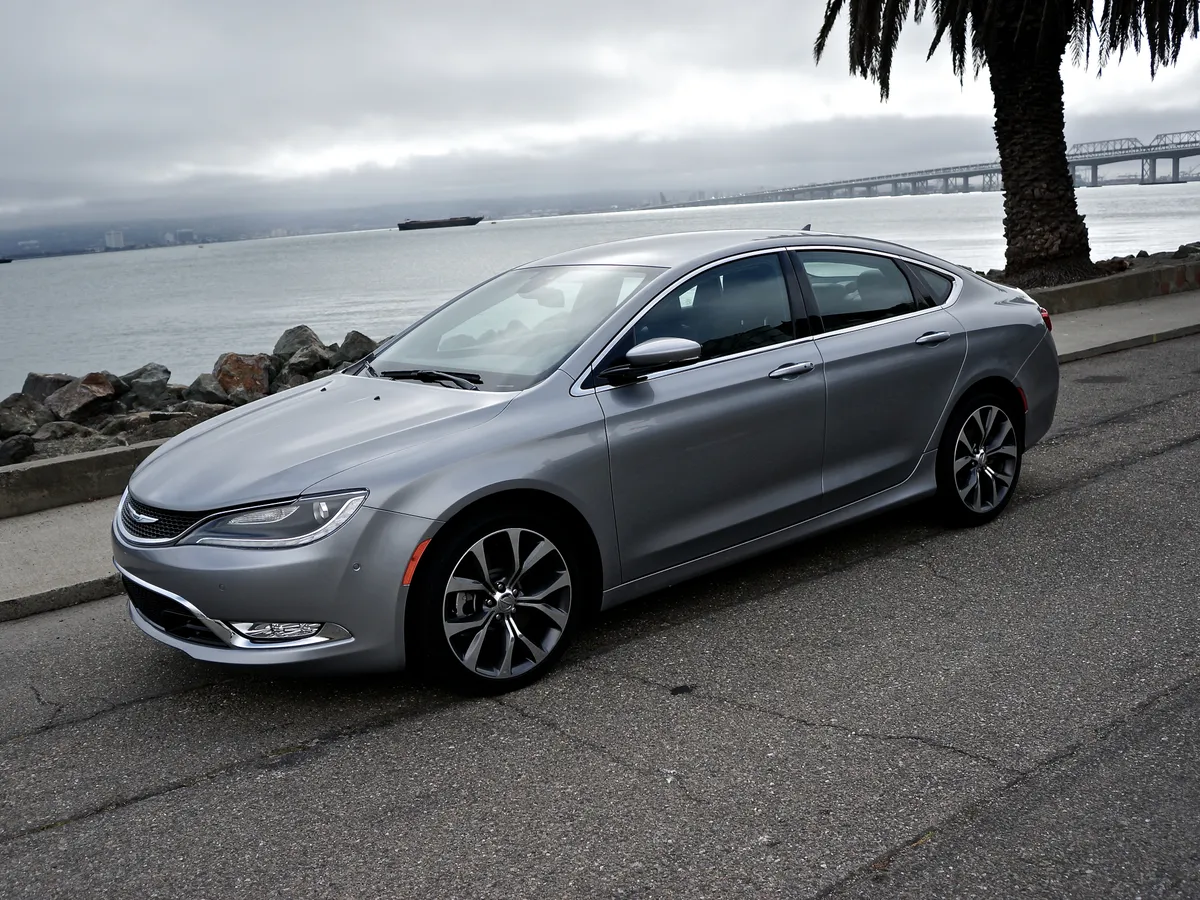When it comes to buying a used car, the age of the vehicle is one of the most important factors for prospective buyers. A decade-old car often represents a sweet spot in terms of affordability, availability, and value retention. Yet, not all 10-year-old vehicles are created equal.
While some models continue to attract enthusiastic buyers and command respectable resale prices, others struggle to find an audience, languishing on dealer lots or selling only at steep discounts.
Understanding which vehicles hold their value and which don’t is crucial for both buyers and sellers in the used car market. This article dives deep into two contrasting groups of vehicles: five 10-year-old cars that still sell like hotcakes, and five that don’t, exploring the underlying reasons behind their varying degrees of desirability.
Why does age matter so much in used cars? Vehicles that have been on the road for a decade tend to have experienced considerable wear and tear, mechanical stress, and, in many cases, evolving consumer expectations.
Buyers at this stage are often looking for reliable transportation without breaking the bank, but they also want peace of mind regarding maintenance costs and safety.
Cars that have established reputations for durability, ease of upkeep, and quality tend to fare better when they reach the 10-year mark. Additionally, the vehicle’s design, technology, and brand perception influence how well it holds up in the resale market. Simply put, some cars age like fine wine while others lose their appeal much faster.
One of the primary factors that helps a vehicle retain its appeal over time is reliability. Brands like Toyota and Honda have long been heralded for producing vehicles that can easily last beyond 200,000 miles with basic maintenance, making their older models attractive to secondhand buyers.
Reliability breeds trust, and trust is currency in the used car market. When buyers know they are purchasing a vehicle with a proven track record for mechanical soundness and low maintenance costs, demand tends to stay strong.
This explains why models like the Toyota Tacoma, Honda CR-V, and Subaru Outback continue to command attention and relatively high resale prices even a decade after their initial release.
Another crucial element that impacts the desirability of 10-year-old cars is versatility and practical design. Cars that can fit a wide range of lifestyles—whether it’s a rugged pickup truck for work and recreation, a family-friendly SUV with ample cargo space, or a compact sedan with efficient fuel economy—tend to appeal to a broader audience.
For instance, the Toyota Tacoma’s reputation as a durable and versatile midsize truck with off-road capabilities makes it popular with both tradespeople and outdoor enthusiasts.
Similarly, the Honda CR-V and Subaru Outback attract families and adventure seekers due to their spacious interiors and standard all-wheel-drive systems, respectively. Versatility not only prolongs a vehicle’s relevance but also maintains steady demand in a fluctuating market.
On the flip side, 10-year-old cars that don’t sell like hotcakes often suffer from a combination of factors. These can include outdated or unreliable technology, lackluster driving dynamics, poor fuel efficiency, and negative brand perceptions.
For example, the second-generation Cadillac CTS, despite being a luxury sedan, falls short due to aging infotainment systems, spotty reliability, and stiff competition from more prestigious European brands.
Similarly, the Jeep Liberty struggles due to dated styling, questionable reliability, and less efficient engines. Buyers today expect more than just basic transportation; they want comfort, technology, and confidence in their purchase, and older vehicles that don’t meet these criteria lose favor quickly.
Additionally, some vehicles face stiff competition within their segment or from newer models within the same brand. The Chrysler 200 and Ford Focus exemplify this trend, where mechanical issues, less refined driving experiences, and poor resale values contribute to weaker demand.
Buyers tend to gravitate towards alternatives that promise better long-term ownership experiences, even if those alternatives come at a slightly higher price. Brand perception also plays a critical role—vehicles from brands struggling to shake off past reputations or those with poor reliability histories have a hard time sustaining demand a decade later.
The dynamics of the used car market are also influenced by broader economic and social trends. For instance, rising fuel prices tend to push buyers toward more fuel-efficient vehicles, leaving thirstier models less desirable.
Advances in technology, such as smartphone integration and advanced driver assistance systems, can quickly render older models obsolete in the eyes of consumers. Furthermore, the growth of SUV and crossover popularity over the past decade means that many sedans or trucks that don’t fit current lifestyle trends find themselves less competitive.
In this landscape, understanding which vehicles hold their value and continue to sell well after 10 years—and why—is invaluable. Whether you’re a buyer looking for a reliable used car or a seller hoping to maximize your vehicle’s resale price, knowing the factors that influence desirability can help you make smarter decisions.
In the sections that follow, we’ll explore five 10-year-old cars that still sell like hotcakes, highlighting the features and reputations that keep them in high demand. Conversely, we’ll also examine five that don’t enjoy the same popularity, shedding light on the pitfalls that have caused their decline in value and appeal.
Ultimately, this examination underscores the importance of brand reputation, reliability, versatility, and evolving consumer expectations in shaping the used car market.
As vehicles age, those with solid foundations continue to thrive, while others fade into obscurity. For anyone navigating the complex world of used cars, this guide offers valuable insight into what makes certain models timeless favorites and why others simply don’t hold up as well over time.
5 10-Year-Old Cars That Still Sell Like Hotcakes
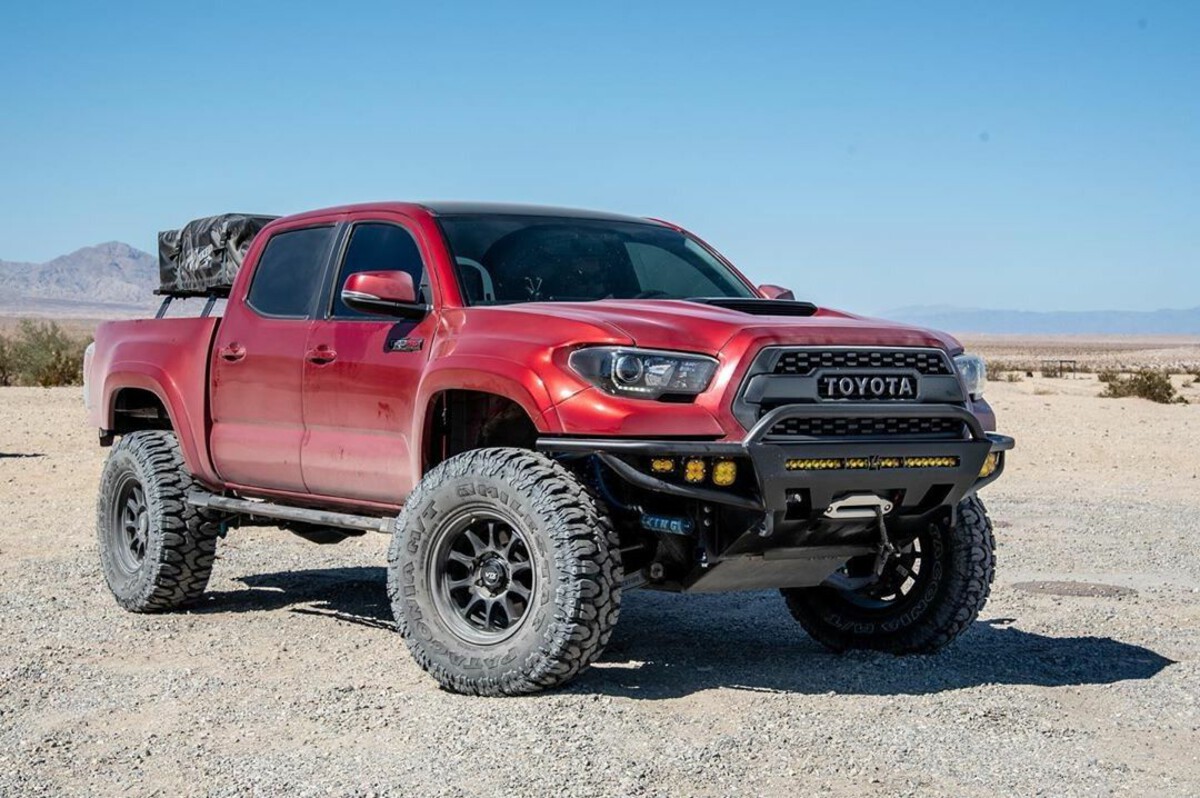
1. Toyota Tacoma
The Toyota Tacoma’s reputation as one of the most reliable midsize pickup trucks on the market has been cemented over decades, and this legacy carries over strongly even for models that are 10 years old. It is not uncommon to find Tacomas on the road that have surpassed the 200,000-mile mark while still delivering solid performance.
This reliability is a cornerstone of its appeal and one of the primary reasons it continues to sell briskly in the used car market. Many buyers view the Tacoma not just as a truck, but as a long-term investment in durability and peace of mind. It’s this confidence that translates into higher resale values, even as the vehicle ages.
When people shop for used pickups, knowing that the vehicle they’re buying will endure the wear and tear of daily use or even off-road excursions without constant trips to the mechanic is invaluable. Toyota’s legendary build quality and attention to detail make the Tacoma a standout in a segment that can be prone to rough usage.
Versatility is another hallmark of the Tacoma’s enduring popularity. Unlike larger full-size trucks, the Tacoma offers a manageable size that works equally well in urban settings and on rough terrain.
This balance of size and capability appeals to a broad spectrum of buyers—from tradespeople needing a reliable workhorse to outdoor enthusiasts who want a vehicle that can handle camping gear, dirt roads, and mountain trails.
The truck’s off-road packages, such as the TRD Pro trim, are highly sought after, even as used vehicles, and these editions often command a premium. For buyers who want a vehicle capable of heavy-duty performance but that can also double as a comfortable daily driver, the Tacoma fills this niche exceptionally well.
Moreover, the Toyota Tacoma’s simple yet effective mechanical design plays a vital role in its long-term popularity. Unlike trucks with overly complex electronics or experimental technologies that can falter with age, the Tacoma leans on tried-and-tested components known for their robustness.
This mechanical straightforwardness not only aids in durability but also keeps maintenance and repair costs comparatively low.
When purchasing a used vehicle, buyers frequently consider the availability and affordability of parts, and Toyota’s extensive global presence ensures that parts for the Tacoma are easy to come by. This availability further reassures buyers that even a decade-old Tacoma can be kept on the road without breaking the bank.
Lastly, the Tacoma’s design ethos has maintained a timeless appeal that prevents it from feeling outdated even years after release. Toyota has taken a careful approach with the Tacoma’s styling, opting for a rugged, no-nonsense aesthetic that resonates with truck enthusiasts.
Unlike more flamboyant or radical designs that can become polarizing or dated quickly, the Tacoma’s look remains solidly in demand. The extensive aftermarket support also plays a significant role in keeping these trucks desirable; owners and buyers have access to a wealth of accessories and upgrades, allowing them to personalize or restore the vehicle to near-new condition.
In sum, the Toyota Tacoma’s blend of legendary reliability, versatile capability, mechanical simplicity, and timeless design ensures that it remains a top performer in the 10-year-old used vehicle market.

2. Honda CR-V
The Honda CR-V stands out as one of the most successful compact SUVs of the past two decades, and this success extends well into the used car market. Ten-year-old CR-Vs continue to be highly desirable due to a confluence of factors, chief among them being reliability.
Honda’s reputation for engineering durable engines and transmissions translates to models that can often surpass the 200,000-mile mark with routine care.
This level of dependability is particularly important in the SUV segment, where buyers often seek vehicles that can accommodate families or active lifestyles without frequent downtime for repairs. The CR-V’s track record of mechanical soundness builds a strong trust among used car buyers, giving it a competitive edge over many rivals.
Beyond reliability, the CR-V’s practical design and user-friendly features contribute heavily to its ongoing appeal. The vehicle offers a spacious interior that comfortably fits both passengers and cargo, making it suitable for a variety of lifestyles.
Whether it’s a family hauling children and groceries or outdoor enthusiasts packing equipment for weekend trips, the CR-V’s versatile cabin layout serves diverse needs well.
The rear seats fold flat to create an expansive cargo area, a feature that remains competitive even when compared to newer models. Additionally, the CR-V provides a smooth and comfortable ride quality, striking a balance between responsive handling and cushioned suspension that appeals to a broad range of drivers.
The overall driving experience is both enjoyable and practical, factors that make the CR-V attractive even after a decade of use.
Fuel efficiency is another major selling point for the CR-V, especially important in today’s market where fluctuating fuel prices often impact consumer choices. The CR-V has consistently delivered competitive mileage figures without sacrificing performance.
For a used vehicle that’s around 10 years old, maintaining decent fuel economy can significantly reduce ownership costs, especially when compared to larger SUVs or older, less efficient models.
The introduction of hybrid variants in more recent years has further solidified the CR-V’s reputation for economy, although these may be newer than the 10-year age range. Still, the legacy of efficient engineering enhances the model’s appeal for budget-conscious used car buyers.
Finally, Honda’s strong brand loyalty and customer satisfaction ratings play a crucial role in the CR-V’s sustained demand. Many owners report positive ownership experiences and are willing to buy the model again or recommend it to friends and family.
This word-of-mouth appeal boosts resale values and ensures a steady supply of interested buyers in the used market. Coupled with Honda’s widespread dealer network and solid parts availability, the CR-V remains a sensible and highly marketable choice for those shopping for a reliable 10-year-old SUV.
Its combination of durability, comfort, economy, and broad appeal cements the Honda CR-V’s position as one of the best-selling used cars even after a decade.
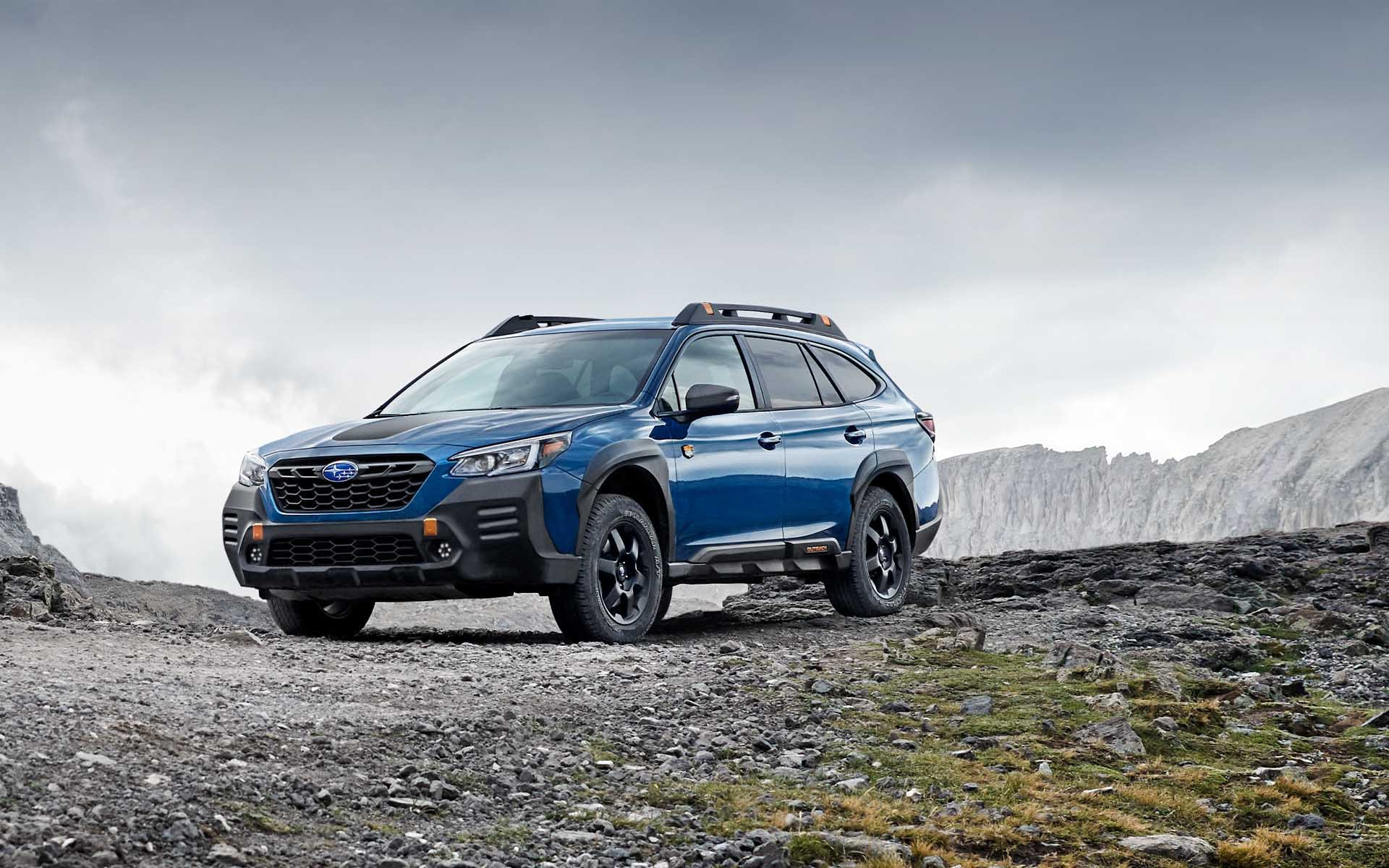
3. Subaru Outback
The Subaru Outback occupies a unique position in the automotive landscape, blending the practicality of a wagon with the ruggedness of an SUV. This distinctive combination has earned the Outback a devoted following that sustains its value even when models reach the 10-year mark.
One of the defining characteristics of the Outback is its standard all-wheel-drive system, which provides superior traction and stability in adverse weather and on rough terrain. This feature is especially appealing in regions prone to snow, rain, or unpaved roads, making the Outback a preferred choice for buyers who prioritize safety and off-road capability in a versatile package.
Reliability and build quality are also crucial to the Outback’s enduring appeal. Subaru has steadily improved the robustness of its engines and transmissions over the years, addressing earlier issues and building a reputation for dependability. Many Outbacks from a decade ago remain on the road, a testament to their solid engineering.
Buyers of used Outbacks often highlight the vehicle’s ability to maintain consistent performance with relatively straightforward maintenance. This reliability reduces unexpected repair costs and enhances overall ownership satisfaction, factors that strongly influence resale value.
The spacious and functional interior is another major draw for the Outback. Unlike many traditional SUVs, the wagon-style layout offers a lower center of gravity, which improves handling and ride comfort. The rear cargo area is roomy and adaptable, perfect for families, pet owners, or outdoor adventurers who need to transport bulky gear.
Despite its off-road capabilities, the Outback does not sacrifice everyday usability or comfort, which broadens its appeal. The vehicle’s thoughtful design features, such as user-friendly infotainment systems and comfortable seating, help it age gracefully and retain desirability even after many years.
Subaru’s brand image and marketing also play a significant role in the Outback’s lasting popularity. The company has cultivated a lifestyle brand associated with outdoor activities, environmental awareness, and rugged dependability.
This emotional connection resonates strongly with buyers who see the Outback as more than just a vehicle but as an extension of their identity and values.
The strong community of Subaru owners and the availability of aftermarket accessories further support the model’s long-term appeal. All of these factors combine to make the Subaru Outback a consistently hot-selling vehicle on the 10-year-old used car market.
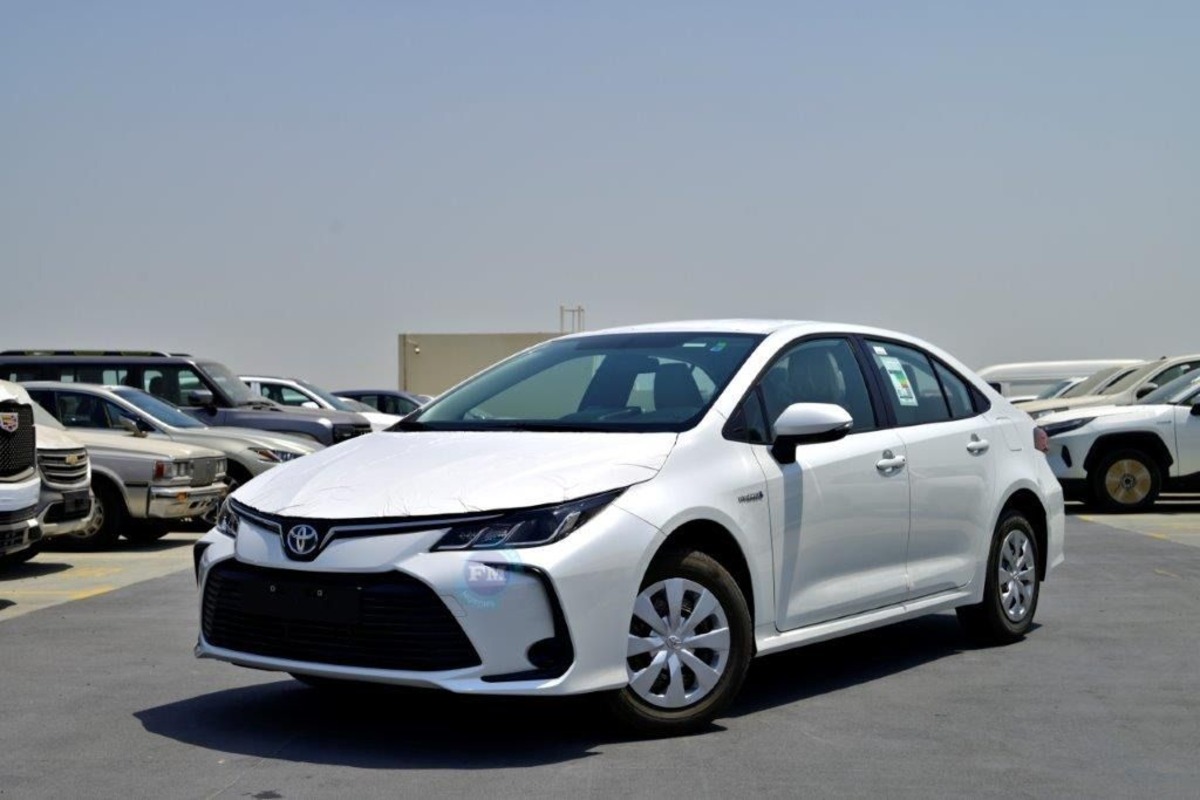
4. Toyota Corolla
The Toyota Corolla is one of the most recognized and best-selling cars worldwide, with a reputation that spans multiple generations. Its longevity in the used car market is no surprise given its foundational attributes of reliability, fuel efficiency, and affordability.
Ten years after production, the Corolla continues to be a favorite among buyers seeking a no-frills, dependable compact car that won’t break the bank. Its mechanical simplicity, combined with Toyota’s meticulous engineering standards, results in a vehicle that requires relatively few repairs and performs consistently well under typical driving conditions.
One of the Corolla’s strongest selling points is its excellent fuel economy. Even a decade-old Corolla can deliver impressive mileage, which is a significant consideration for budget-conscious buyers looking to minimize ongoing expenses.
The car’s lightweight design and efficient engines contribute to low fuel consumption, which remains competitive against many other vehicles in its age bracket. For daily commuters, students, or those needing a reliable second car, the Corolla offers an unbeatable combination of economy and practicality.
The car’s maintenance costs are generally low due to the abundance of spare parts and the widespread availability of service expertise. Toyota’s vast global presence ensures that replacement components are both affordable and easy to find, making it straightforward to keep a Corolla running smoothly for many years.
This ease of upkeep is particularly attractive for first-time buyers or those looking for a used vehicle that doesn’t come with hidden expenses. Moreover, the Corolla’s proven track record for low depreciation compared to other compact cars solidifies its status as a wise investment in the used market.
Finally, the Corolla’s design, while not flashy, is timeless and practical. It avoids the trap of looking dated or overly trendy, which can reduce the appeal of some older vehicles. The focus remains on functional interior space, comfortable seating, and user-friendly controls, all of which contribute to a positive ownership experience.
The Corolla’s strong resale value and steady demand are reflections of its balanced approach to design and performance. For these reasons, the Toyota Corolla remains a reliable, economical, and highly marketable 10-year-old car that continues to sell like hotcakes.
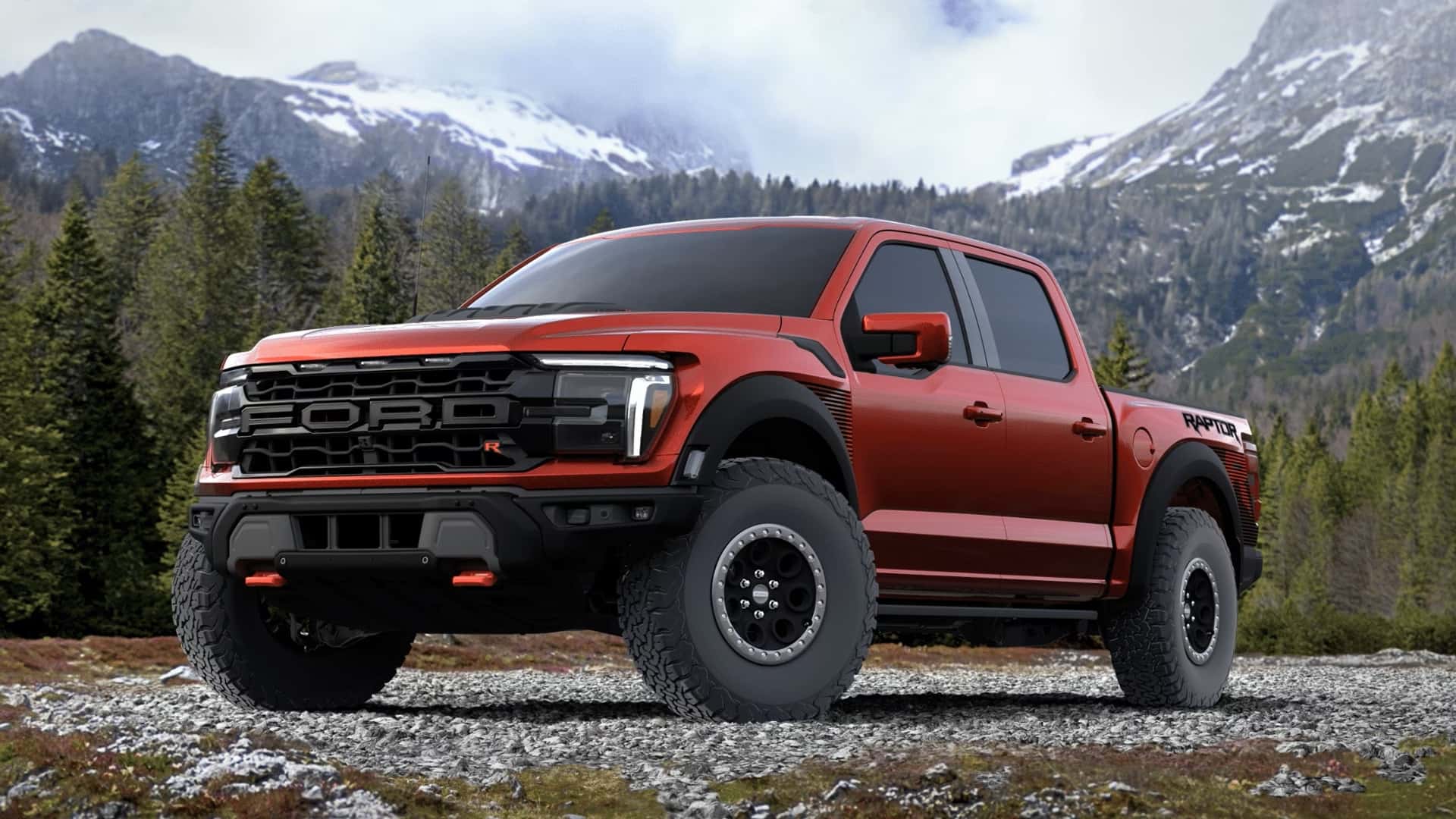
5. Ford F-150
The Ford F-150’s status as the perennial best-selling vehicle in the United States is a testament to its wide-ranging appeal and enduring capability. Even when a model is a decade old, the F-150 commands significant attention in the used truck market due to its combination of power, durability, and versatility.
The truck’s design philosophy focuses on being a hardworking vehicle capable of fulfilling diverse roles—from hauling heavy loads on construction sites to serving as a comfortable family vehicle. This adaptability ensures that the F-150 maintains relevance and desirability even as newer models enter the market.
Reliability and toughness are central to the F-150’s appeal. Many owners report their trucks lasting well beyond 200,000 miles with proper maintenance, and Ford’s commitment to building trucks that can endure heavy use resonates with buyers looking for proven durability.
The availability of a broad range of engines, including V6 and V8 options, allows buyers to choose powertrains that meet their specific needs, whether for towing, payload capacity, or fuel economy. The modular and robust construction of the F-150 also means that repairs and parts replacements are generally manageable, contributing to its strong resale value.
Versatility is another hallmark of the F-150 that drives its sustained popularity. The truck comes in a wide array of trims and configurations, from basic work trucks to luxurious models with advanced technology and comfort features.
This spectrum ensures that the F-150 can appeal to blue-collar workers needing a reliable tool as well as to families or outdoor enthusiasts who want a stylish and capable vehicle. The F-150’s towing and payload capacities remain impressive even for older models, which further enhances its practicality and desirability.
Lastly, the cultural significance of the Ford F-150 in the American automotive landscape cannot be overstated. Seen as a symbol of rugged individualism and dependability, the F-150 enjoys strong brand loyalty and emotional attachment from buyers.
This cultural resonance adds an intangible value that boosts resale prices and keeps the truck in high demand on the used market. Coupled with Ford’s extensive dealer network and parts availability, the F-150 remains a top choice for those seeking a 10-year-old pickup truck that still sells like hotcakes.
5 10-Year-Old Cars That Don’t Sell Like Hotcakes
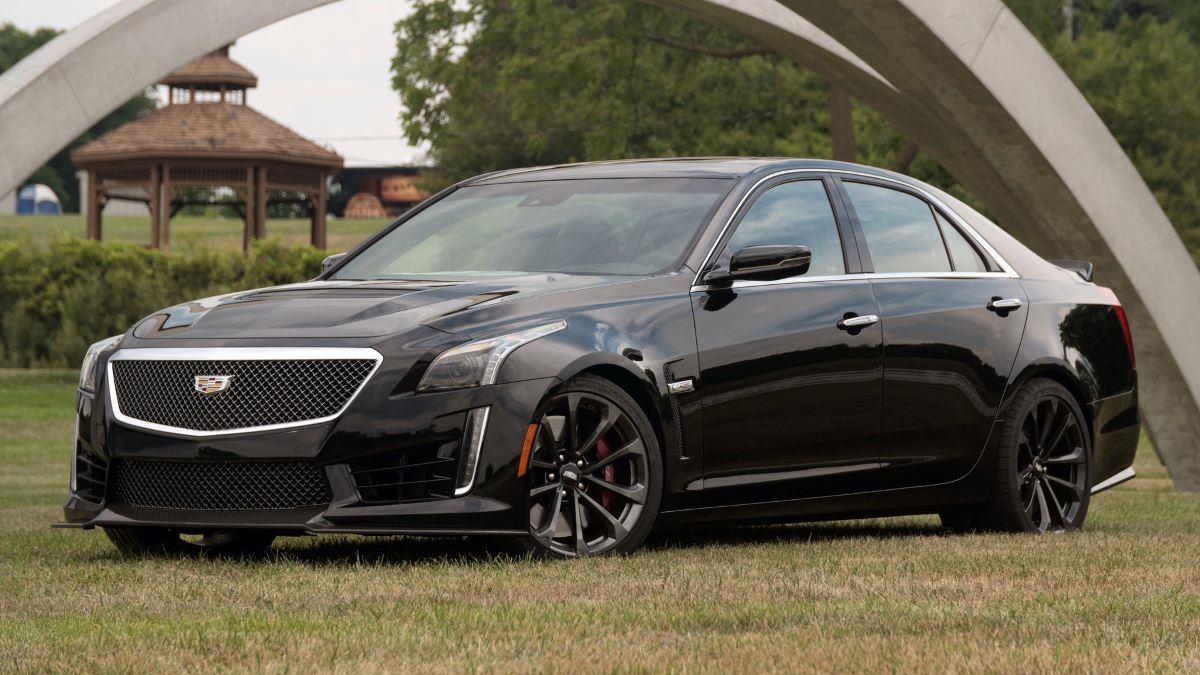
1. Cadillac CTS (Second Generation)
The Cadillac CTS, particularly the second generation, which was prominent about 10 years ago, has struggled to maintain its allure in the used car market despite Cadillac’s efforts to rebrand itself as a luxury competitor. While the CTS was designed to rival European luxury sedans, it often fell short in key areas that affect resale value and buyer demand.
One major issue is the aging technology and infotainment systems found in these models. Although innovative at the time of release, these systems have become outdated quickly, making them less attractive to modern buyers accustomed to seamless smartphone integration, intuitive interfaces, and advanced driver assistance features.
The perceived obsolescence of interior tech significantly reduces the appeal of these vehicles, especially when competing with newer models that offer far superior in-cabin experiences.
Mechanically, while the CTS offered a range of engines, including some powerful V6 and V8 options, they have shown a mixed reliability record over time. Some of the earlier versions in this generation experienced issues with the timing chain and other components that can lead to costly repairs.
Additionally, the ride quality, while sporty, is sometimes criticized for being too stiff or less refined compared to competitors like the BMW 3 Series or Audi A4, which tend to balance performance with comfort more effectively.
These factors collectively contribute to a general perception that the CTS does not offer the same long-term ownership value or driving satisfaction, deterring many used car buyers from considering it seriously.
Brand perception also plays a significant role in the CTS’s weaker resale performance. Cadillac has made strides in modernizing its image, but lingering stereotypes of the brand being dated or less prestigious compared to European rivals still influence buyer choices, particularly in the luxury sedan segment.
The CTS struggles to overcome these perceptions, which leads to fewer prospective buyers in the used market and consequently lower resale prices. Buyers seeking luxury and status often lean toward German or Japanese alternatives with stronger reputations for reliability and refinement.
Finally, depreciation for the CTS has been steep compared to competitors, resulting in many owners facing significant value loss after only a few years. While this may make the car more affordable on paper, the high maintenance costs, less desirable features, and brand perception issues dampen enthusiasm from used car buyers.
This combination of factors means that despite its strengths, the second-generation Cadillac CTS does not sell nearly as briskly or command as strong a resale value as some other vehicles of the same vintage, relegating it to the ranks of 10-year-old cars that don’t sell like hotcakes.
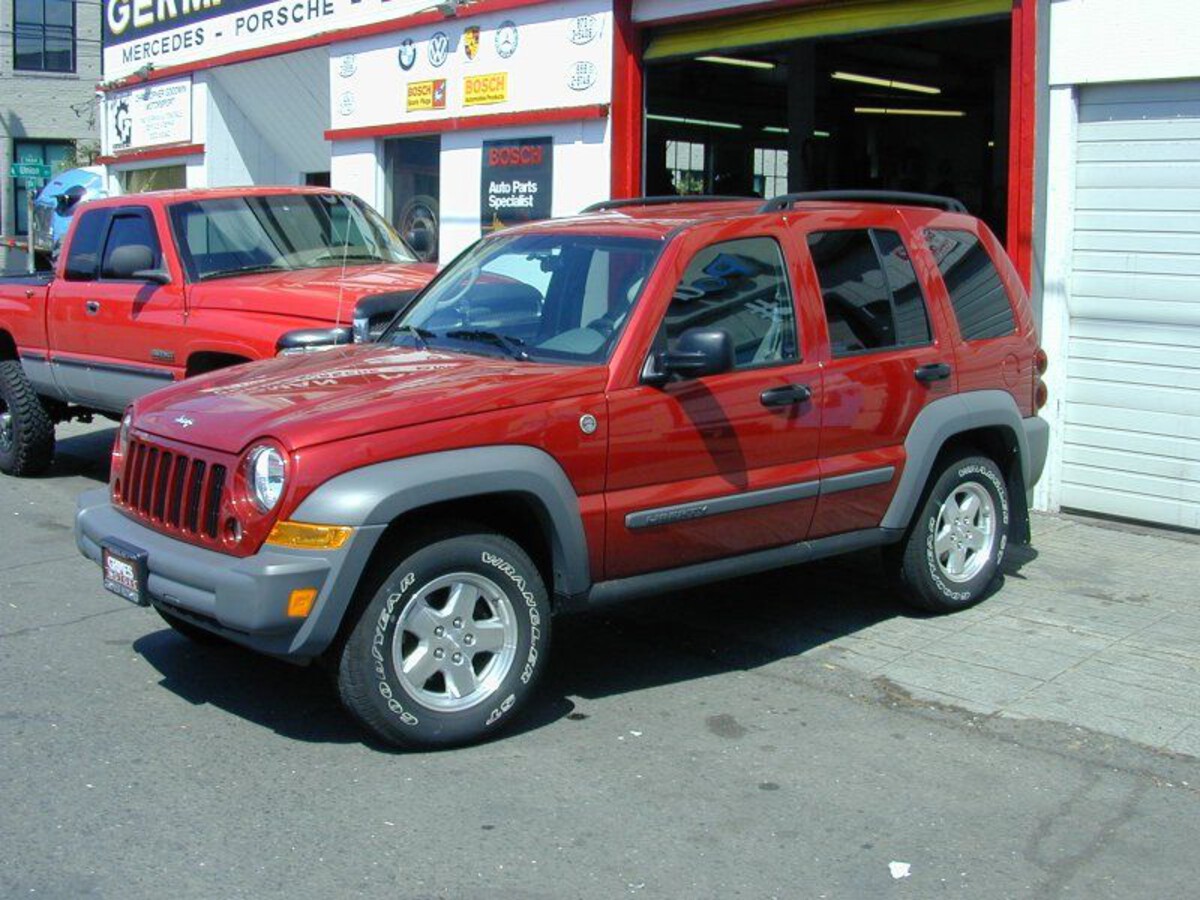
2. Jeep Liberty (KK)
The Jeep Liberty (KK), produced until the early 2010s, once positioned as a rugged and capable compact SUV, has seen its reputation and desirability decline sharply over the years. Though Jeep is a brand synonymous with off-road capability and adventurous spirit, the Liberty failed to fully capitalize on this image in the eyes of many used buyers.
One of the key drawbacks has been its dated design and lack of modern amenities, which quickly made the Liberty seem obsolete in a market flooded with more refined and feature-rich competitors.
The boxy and somewhat awkward styling of the Liberty also hasn’t aged well, making it less appealing visually compared to the sleeker, more contemporary designs offered by other SUVs in the same class.
Reliability and mechanical issues further hurt the Liberty’s standing. Owners frequently report problems with the powertrain, electrical systems, and transmission, all of which can lead to costly repairs or frustrating ownership experiences. These issues undermine confidence in the vehicle’s longevity, which is a critical factor for buyers interested in 10-year-old vehicles.
Unlike more reliable models, where buyers anticipate steady performance over time, the Liberty’s inconsistent track record dissuades those looking for hassle-free ownership, especially in the used market where warranties may have expired.
Fuel efficiency is another area where the Jeep Liberty falls short. With the increasing importance of fuel economy to used car buyers, particularly for daily commuting or long-distance driving, the Liberty’s thirstier engine options place it at a disadvantage.
Many competitors in the compact SUV segment offer better mileage, making the Liberty feel like a less practical choice. When combined with maintenance costs and a less-than-stellar reliability record, the poor fuel economy further reduces its overall appeal and market demand.
Finally, the rise of newer Jeep models like the Cherokee and Renegade has somewhat overshadowed the Liberty. These vehicles come with updated technology, more refined driving dynamics, and modern styling, capturing the attention of buyers who may have once considered the Liberty.
As a result, the KK Jeep Liberty struggles to maintain relevance and desirability in the used SUV market. This has led to slower sales and lower resale values, positioning it firmly among 10-year-old vehicles that don’t sell like hotcakes.
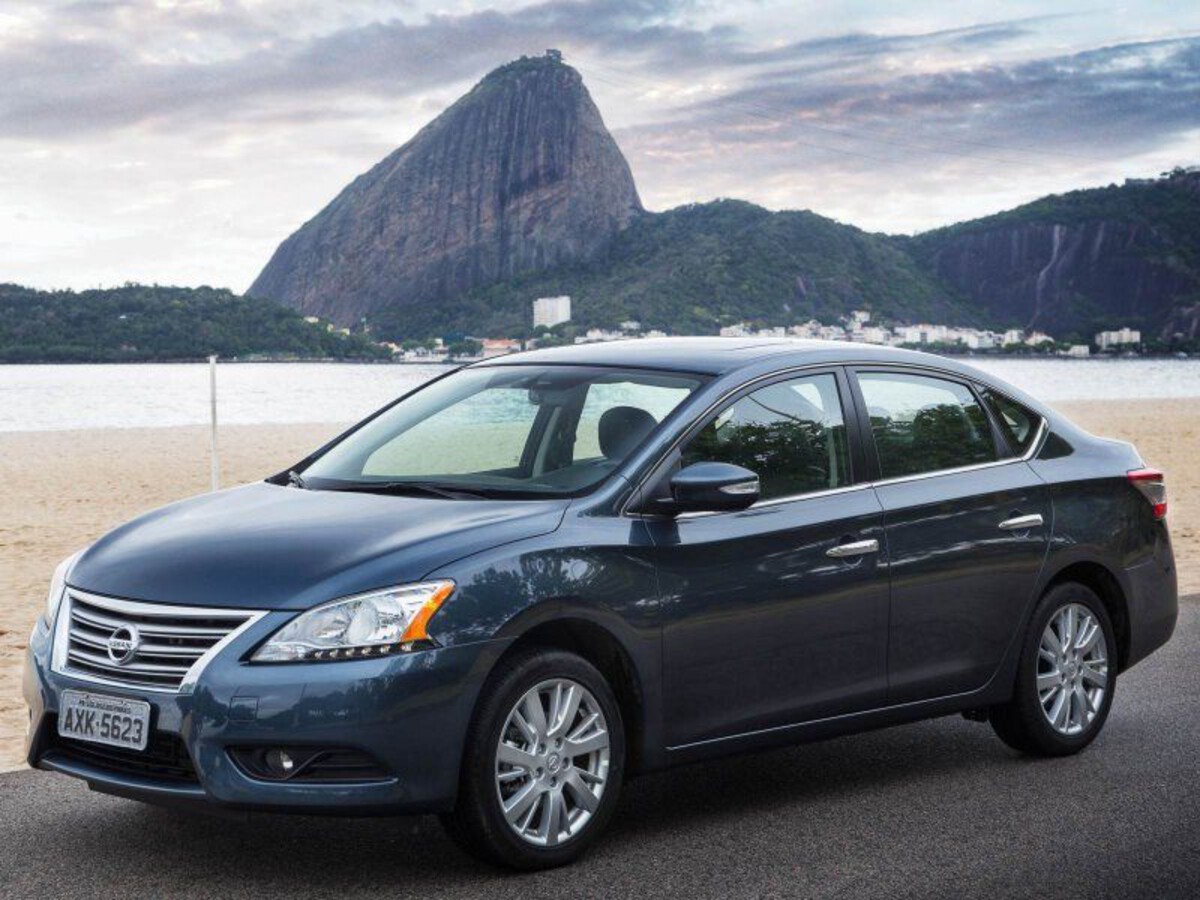
3. Nissan Sentra (2013-2015 Models)
The Nissan Sentra, particularly models from the early 2010s, has had a challenging time holding onto its value or attracting enthusiastic buyers in the used compact sedan market. Although the Sentra has historically been known for its affordability and fuel efficiency, these advantages have been eroded by a combination of factors that dampen its appeal today.
One of the main issues with the 2013-2015 Sentras is the uninspiring driving experience. The car tends to feel underpowered and unrefined, with a vague steering response and a suspension setup that struggles to provide a comfortable yet engaging ride.
This lack of driving enjoyment makes it difficult for the Sentra to compete with rivals such as the Honda Civic or Toyota Corolla, which offer more balanced and pleasant experiences on the road.
Reliability concerns also weigh heavily on the Sentra’s reputation. Although not notoriously problematic, certain engine variants from this era, like the MR20DE, have been reported to suffer from premature wear and oil consumption issues.
These problems can lead to expensive repairs and erode the confidence of potential buyers, especially those wary of older used vehicles that may soon require significant maintenance. When combined with relatively average build quality and interior materials that feel cheap compared to competitors, the Sentra struggles to inspire loyalty or a sense of lasting value.
Fuel economy, which was once a major selling point, is average at best for these Sentra models, especially when compared to newer competitors or even older compact sedans that prioritize efficiency.
The combination of average mileage and less-than-stellar driving dynamics further limits the Sentra’s desirability in a market where buyers increasingly seek vehicles that are both economical and enjoyable to drive. This dynamic places the Sentra at a disadvantage and contributes to sluggish sales in the used market.
Finally, the Sentra’s styling and features in this generation are generally perceived as uninspired and dated. The interior design lacks the polish and user-friendly interfaces found in newer models, and exterior styling is conservative to the point of being forgettable.
With the compact sedan segment highly competitive and crowded, cars that fail to excite or impress tend to languish in demand. This has resulted in the Nissan Sentra being one of the 10-year-old cars that don’t sell like hotcakes, often sitting longer on dealership lots or selling at steep discounts.
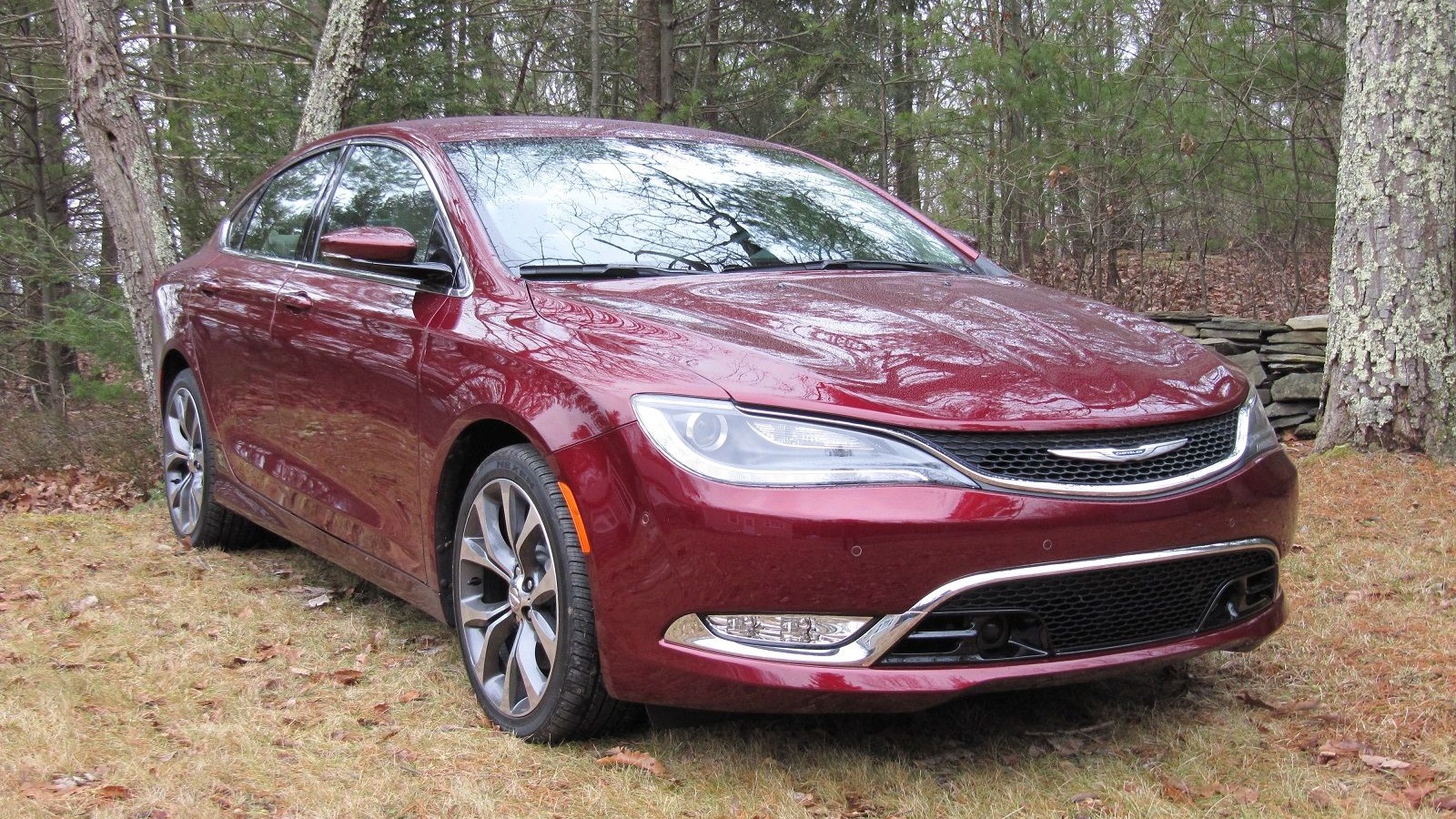
4. Chrysler 200 (2011-2014)
The Chrysler 200, introduced as a mid-sized sedan aimed at combining American style with fuel efficiency, quickly developed a reputation for being a tough sell in the used car market. Despite some early optimism, the 2011-2014 models, in particular, suffered from a variety of issues that negatively impacted their long-term desirability.
One of the most glaring drawbacks was inconsistent build quality. Owners reported problems ranging from interior rattles and trim pieces falling loose to more serious mechanical issues that eroded confidence in the vehicle’s reliability. These issues tarnished the Chrysler 200’s image and made buyers wary of considering it as a practical choice for long-term ownership.
Under the hood, the Chrysler 200’s powertrains have been criticized for lackluster performance and occasional mechanical problems. The base four-cylinder engine often felt sluggish, failing to deliver the kind of spirited driving experience expected by many mid-sized sedan buyers.
More troublingly, some V6 models encountered transmission issues, particularly with the continuously variable transmissions (CVTs) used in later years, which have a reputation for reliability problems and costly repairs. This combination of uninspiring performance and mechanical unreliability reduces the 200’s appeal in the used market, where buyers want vehicles that feel dependable and engaging.
Another factor limiting the Chrysler 200’s success is its depreciated resale value, which has been steep compared to competitors like the Toyota Camry or Honda Accord. While lower prices can attract budget-conscious buyers, the high cost of potential repairs and the lack of a strong brand reputation weigh against the car’s resale prospects.
Chrysler’s brand struggles to command the same respect or confidence as its Japanese or European counterparts, especially in segments where reputation and reliability are paramount. This brand perception issue contributes significantly to the 200’s poor sales performance as a used vehicle.
Lastly, the Chrysler 200’s styling, while initially praised for its sleek and modern lines, quickly lost its luster as automotive design trends evolved. Its interior, though roomy, lacked the refinement and technology features that buyers began to expect as standard in this price range.
Infotainment systems were often criticized for being unintuitive or prone to glitches, further detracting from the ownership experience. These cumulative drawbacks have firmly placed the Chrysler 200 in the category of 10-year-old cars that don’t sell like hotcakes, often lingering on dealer lots or being overlooked by buyers in favor of more reliable and prestigious alternatives.
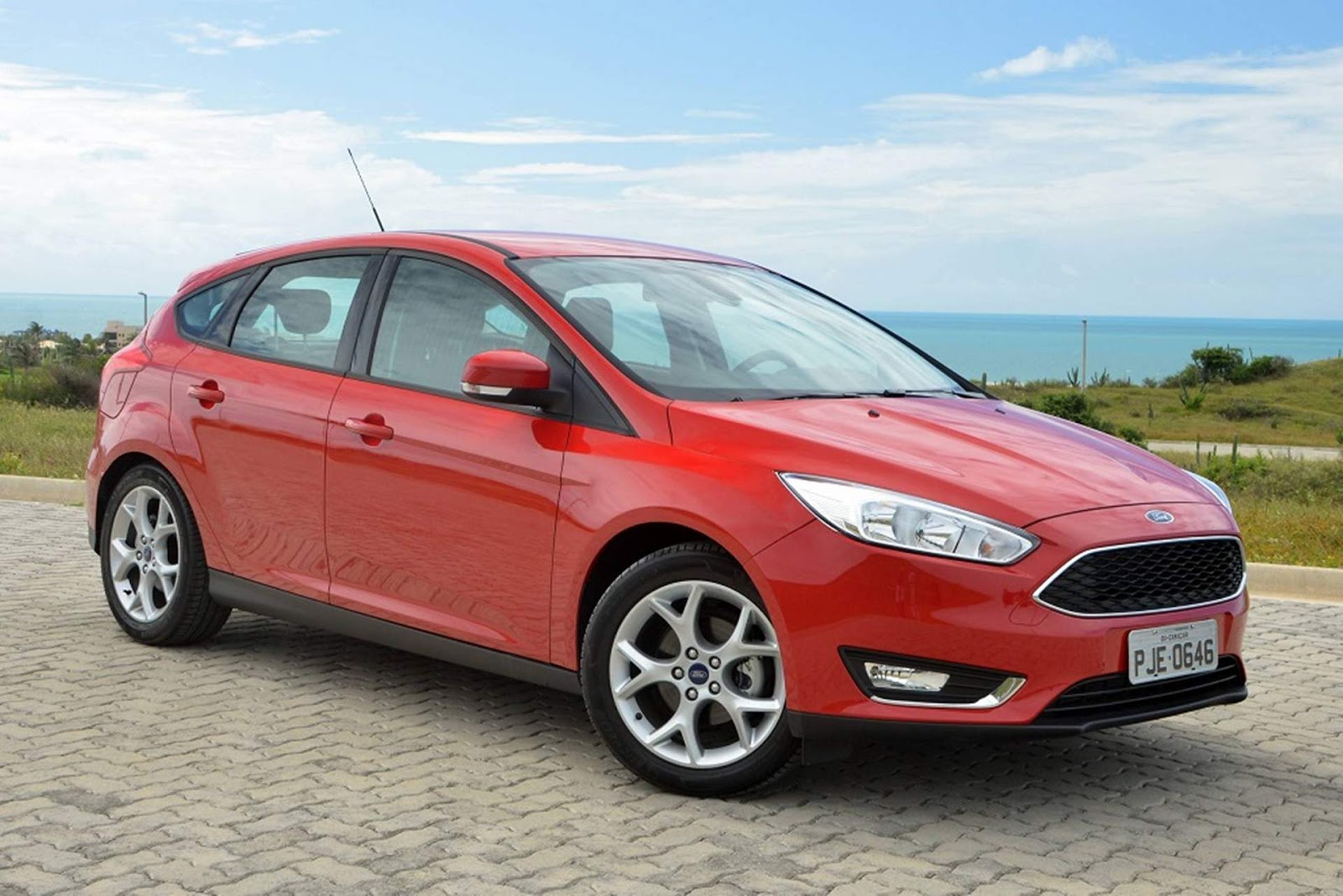
5. Ford Focus (2012-2014 Models)
The Ford Focus from the early 2010s, specifically the 2012 to 2014 models, has struggled to maintain a strong foothold in the used compact car market, largely due to a combination of reliability issues and less-than-ideal driving dynamics.
Despite being well-reviewed upon release for their sharp handling and modern styling, these models have developed a reputation for mechanical problems that significantly reduce buyer confidence.
Notably, the dual-clutch automatic transmission used in many Focus models of this era has been the source of widespread complaints, including rough shifting, premature wear, and costly repairs. These transmission issues have left many used car buyers wary, as transmission repairs can be expensive and complicated, especially for vehicles no longer under warranty.
Beyond transmission troubles, other mechanical components have also posed challenges for the Focus. Some owners have reported issues with the electrical system, suspension components, and engine performance inconsistencies.
These problems contribute to a perception of the car being less reliable than competitors such as the Honda Civic or Mazda3, both of which have stronger reputations for durability. When shopping for a 10-year-old compact car, many buyers prioritize long-term reliability and minimal maintenance headaches, areas where the Focus has struggled to inspire confidence.
Fuel efficiency, which was a selling point upon the Focus’s release, is now somewhat overshadowed by newer compact cars that offer improved mileage and hybrid options.
While the Focus still delivers decent fuel economy, it no longer stands out in an increasingly competitive segment. This loss of a key competitive advantage further weakens the car’s position in the used market, especially as consumers become more focused on cost-saving and environmental concerns.
Lastly, while the Ford Focus featured contemporary styling and technology for its time, these features have not aged particularly well. Infotainment systems may feel clunky, and interior materials have been criticized for lacking durability and quality.
Combined with the mechanical drawbacks and the transmission’s notorious reputation, the overall ownership experience can feel compromised. These factors together result in the Ford Focus being one of the 10-year-old cars that don’t sell like hotcakes, often facing longer sales cycles and lower resale values compared to more reliable and better-regarded compact sedans.
In the world of used cars, age alone does not determine a vehicle’s desirability or resale value. Instead, a complex blend of factors, including reliability, brand reputation, versatility, mechanical robustness, and evolving consumer expectations shapes which vehicles remain sought-after a decade after their initial release and which ones fade from favor.
Through examining five 10-year-old cars that still sell like hotcakes alongside five that don’t, we gain a nuanced understanding of what truly matters in the long-term appeal of a vehicle.
The standout performers—like the Toyota Tacoma, Honda CR-V, Subaru Outback, Toyota Corolla, and Ford F-150—share a common set of strengths. Most notably, they boast proven reliability and solid mechanical foundations that allow them to withstand the test of time.
Their engines and components are known to go the distance with relatively minimal issues, an attribute that instills confidence in used car buyers. Reliability is the bedrock upon which strong resale values are built; it assures buyers that their investment will not become a financial burden through constant repairs or breakdowns.
Beyond reliability, these popular 10-year-old vehicles also embody versatility and practicality. Whether it’s the Tacoma’s rugged capability and off-road prowess, the CR-V and Outback’s family-friendly spaciousness and all-weather readiness, the Corolla’s economical daily driving, or the F-150’s adaptability to work and leisure needs, these cars cater to a broad range of lifestyles.
This versatility ensures that demand remains robust even as consumer preferences shift, as the vehicles continue to offer tangible utility and comfort. They remain relevant not just as used cars, but as solutions to real-world transportation needs.
Brand reputation and consumer trust further reinforce the desirability of these models. Toyota and Honda’s longstanding commitments to quality and customer satisfaction create an aura of dependability that few brands can match. Subaru’s unique all-wheel-drive system and lifestyle-oriented marketing resonate deeply with certain buyer demographics, strengthening its position in the market.
Ford’s iconic F-150 benefits from decades of cultural cachet as the quintessential American truck, which translates into emotional and practical appeal. These brands have successfully cultivated loyalty, translating into steady demand and healthier resale values.
Conversely, the vehicles that struggle to sell after a decade—such as the Cadillac CTS, Jeep Liberty, Nissan Sentra, Chrysler 200, and Ford Focus—highlight the pitfalls that can erode a car’s long-term value. Many suffer from outdated or problematic technology, mechanical reliability issues, lackluster driving dynamics, and brand perception challenges.
The Cadillac CTS, despite its luxury pretensions, cannot overcome aging tech and fierce competition from German rivals. The Jeep Liberty is hampered by styling and mechanical shortcomings, making it less appealing than newer, more refined Jeep models.
Nissan Sentra’s uninspired driving and reported engine issues, Chrysler 200’s inconsistent build quality and transmission woes, and the Ford Focus’s problematic dual-clutch transmission exemplify how technical flaws and poor user experience damage resale potential.
These vehicles also illustrate the importance of meeting consumer expectations beyond just basic functionality. Buyers increasingly prioritize comfort, fuel efficiency, advanced features, and brand prestige when investing in used cars.
Cars that fail to deliver on these fronts lose market share quickly, especially as newer models and competitors continually raise the bar. In segments where consumers have abundant choices, even minor deficiencies can lead to steep depreciation and sluggish sales.
The stories of these two groups of vehicles also serve as a broader lesson about the evolving nature of automotive design, technology, and consumer preferences. What was once cutting-edge can rapidly become obsolete, and brands must continuously innovate to stay relevant in a fiercely competitive marketplace.
For used car buyers, this means looking beyond price tags and focusing on the underlying qualities that ensure longevity and ownership satisfaction. For sellers, understanding these dynamics can help set realistic expectations and guide decisions about when and how to sell.
Ultimately, buying or selling a 10-year-old car is as much about recognizing the intangible qualities—trust, reputation, versatility, and sustained relevance—as it is about the tangible factors of age and mileage.
The vehicles that continue to sell like hotcakes do so because they deliver on all these fronts, building lasting value and desirability. Those that don’t serve as cautionary tales, reminding us that not all cars age gracefully in the eyes of consumers.
Whether you’re hunting for a reliable used car or preparing to sell your vehicle, keeping these lessons in mind will help you navigate the market with greater confidence and insight.
The story of 10-year-old cars is ultimately one of quality, innovation, and meeting the evolving needs of drivers. In this dynamic landscape, knowing which cars stand the test of time—and why—can make all the difference between a rewarding purchase and a costly mistake.

